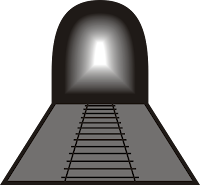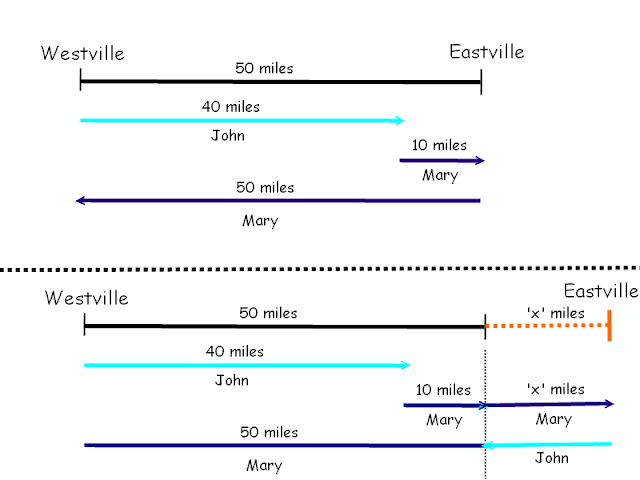How long was he walking?
Every day, Jack arrives at the train station from work at 5 pm. His wife
leaves home in her car to meet him there at exactly 5 pm, and drives
him home.
One day, Jack gets to the station an hour early, and starts walking home, until his wife meets him on the road. They get home 30 minutes earlier than usual. How long was he walking?
Distances are unspecified. Speeds are unspecified, but constant.
Give a number which represents the answer in minutes.
He must be walking for....minutes. Click to know!
One day, Jack gets to the station an hour early, and starts walking home, until his wife meets him on the road. They get home 30 minutes earlier than usual. How long was he walking?
Distances are unspecified. Speeds are unspecified, but constant.
Give a number which represents the answer in minutes.
He must be walking for....minutes. Click to know!



















